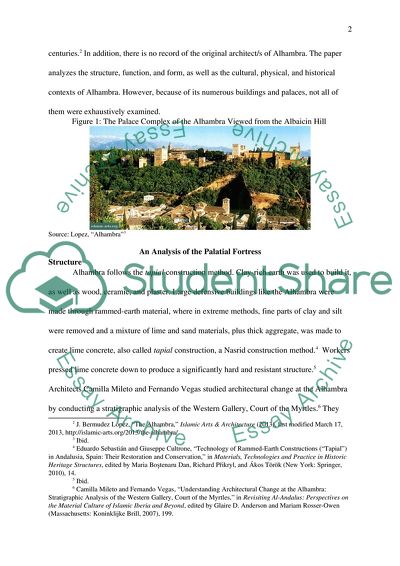Cite this document
(Spanish Fortress and Palace Alhambra Coursework Example | Topics and Well Written Essays - 1250 words, n.d.)
Spanish Fortress and Palace Alhambra Coursework Example | Topics and Well Written Essays - 1250 words. https://studentshare.org/engineering-and-construction/1810653-analysis-of-a-building
Spanish Fortress and Palace Alhambra Coursework Example | Topics and Well Written Essays - 1250 words. https://studentshare.org/engineering-and-construction/1810653-analysis-of-a-building
(Spanish Fortress and Palace Alhambra Coursework Example | Topics and Well Written Essays - 1250 Words)
Spanish Fortress and Palace Alhambra Coursework Example | Topics and Well Written Essays - 1250 Words. https://studentshare.org/engineering-and-construction/1810653-analysis-of-a-building.
Spanish Fortress and Palace Alhambra Coursework Example | Topics and Well Written Essays - 1250 Words. https://studentshare.org/engineering-and-construction/1810653-analysis-of-a-building.
“Spanish Fortress and Palace Alhambra Coursework Example | Topics and Well Written Essays - 1250 Words”. https://studentshare.org/engineering-and-construction/1810653-analysis-of-a-building.


